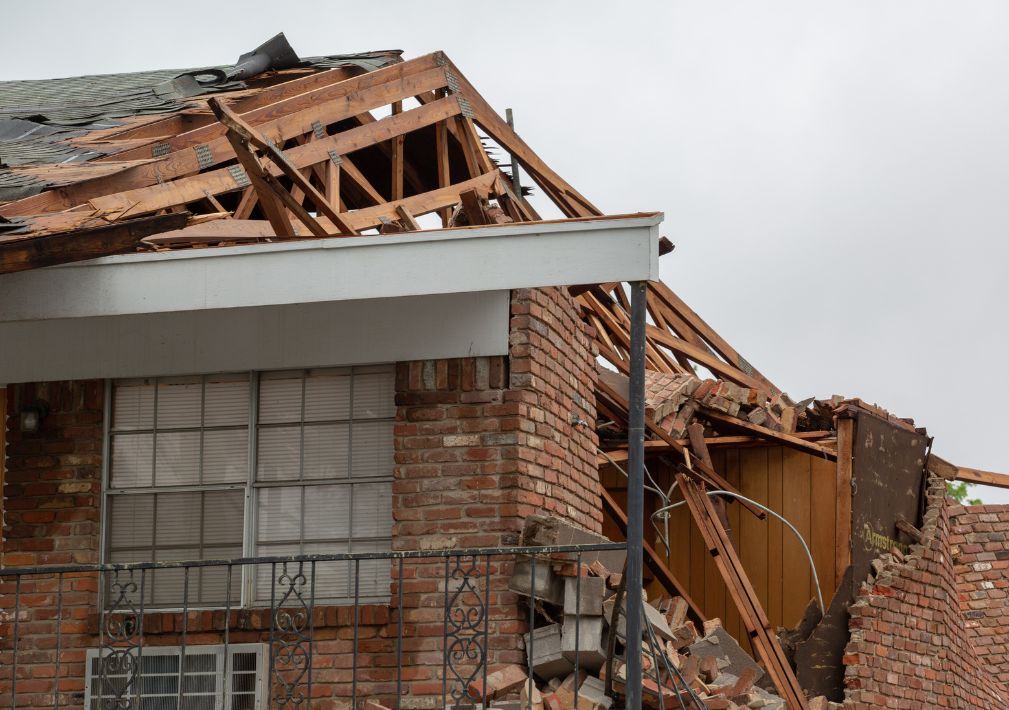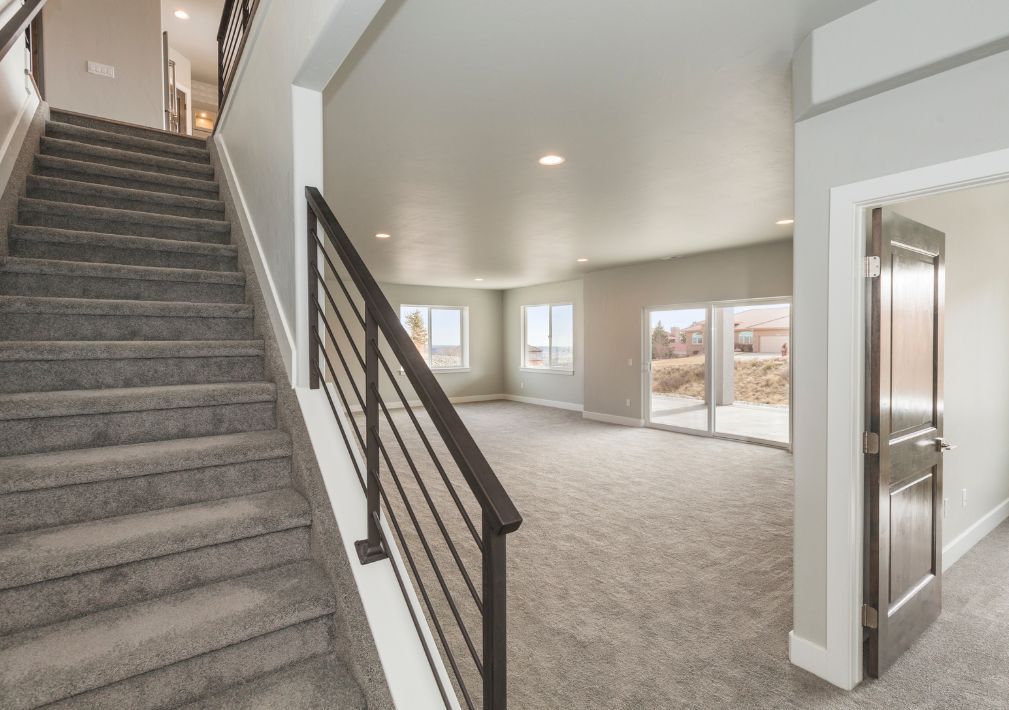What is the Average Cost of Storm Damage Restoration in Basking Ridge?

Table of Contents
- 1. Average Cost Explained for Basking Ridge Homes
- 2. Detailed Cost Breakdown You Can Trust
- 3. Seasonal Storm Patterns and Their Impact on Restoration Cost
- 4. Local Codes, Permits, and Hidden Fees
- 5. Comprehensive Cost Drivers You Should Monitor
- 6. Insurance Claims Strategies That Reduce Out-of-Pocket Bills
- 7. Cost-Saving Best Practices for Basking Ridge Residents
- 8. Full Storm Damage Restoration Process Timeline
- 9. Choosing a Storm Damage Restoration Contractor in Basking Ridge
- 10. Proactive Maintenance Tips to Minimize Future Storm Damage Costs
- 11. Funding and Incentive Programs That Can Offset Restoration Expenses
- 12. Storm Damage Restoration You Can Count On in Basking Ridge
- 13. Frequently Asked Questions About Storm Damage Restoration
- 13.1. How do Somerset County building codes influence the total cost of storm damage restoration?
- 13.2. Can sustainable materials lower future storm damage expenses?
- 13.3. What is a typical wind-damage deductible for Basking Ridge policies?
- 13.4. Do I need a moisture clearance test before closing walls?
Homeowners in Basking Ridge generally invest $5,000 to $11,000 in professional storm damage restoration, depending on the scope of wind, water, and structural repairs.
Average Cost Explained for Basking Ridge Homes
Voda Cleaning & Restoration of North New Jersey analyzes hundreds of claims each year, and most projects fall into three pricing tiers:
- Light recovery ($1k-$4k) – debris hauling, shingle replacement, gutter realignment
- Moderate restoration ($4k -$11k) – interior water extraction, drywall swaps, partial roof rebuild
- Major reconstruction (above $11k) f-raming, electrical reruns, insulation and mold remediation
These figures include labor, materials, and equipment but exclude unique upgrades or luxury finishes. Our team keeps clients informed about any cost so there are no surprises during project close-out.
Detailed Cost Breakdown You Can Trust
Every storm damage restoration estimate Voda Cleaning & Restoration of North New Jersey prepares includes line-item transparency:
- Assessment and documentation – 8 %
- Stabilization (tarping, board-up) – 1-2 %
- Water removal and structural drying – 2-5 %
- Selective demolition and debris disposal -15 %
- Repairs (roofing, siding, drywall, flooring) – 30 %
- Project management, permits, and warranties – 10 %
Using Xactimate pricing ensures alignment with most carrier guidelines while protecting homeowners from inflated bids. See our water damage restoration guide for a deeper dive into moisture-related costs.
Seasonal Storm Patterns and Their Impact on Restoration Cost
Basking Ridge faces distinct storm seasons that influence pricing, and Voda Cleaning & Restoration of North New Jersey tailors plans accordingly:
- Spring nor’easters bring saturated soil and basement seepage, increasing pump-out equipment fees.
- Summer microbursts cause tree impacts on roofs, raising crane rental costs.
- Fall hurricane remnants push subcontractor demand upward, bumping labor premiums.
- Winter ice storms require specialized deicing chemicals and attic ventilation fixes.
Knowing when peak demand hits helps clients schedule proactive roof inspections and trim trees before rates climb.
Local Codes, Permits, and Hidden Fees
Basking Ridge follows Somerset County construction codes that affect storm damage restoration costs. Voda Cleaning & Restoration of North New Jersey handles all permitting, but homeowners should budget for:
- Roof deck upgrades if current sheathing fails thickness tests
- Energy-efficient window replacements mandated by the 2021 New Jersey Residential Code
- Tree removal permits for protected species
- Dumpster placement fees on public streets
For official regulations, visit the New Jersey Department of Community Affairs website. Staying compliant prevents costly rework and inspection delays.
Comprehensive Cost Drivers You Should Monitor
Voda Cleaning & Restoration of North New Jersey trains estimators to flag six variables that steer storm damage restoration budgets:
- Damage category: Category 3 contaminated water disposal is pricier than clean rainwater removal.
- Affected square footage: Large footprints magnify every material cost.
- Material match difficulty: Specialty shingles or custom millwork add search premiums.
- Moisture content: High readings extend equipment run-time.
- Hazardous materials: Asbestos or lead paint abatement triggers certified disposal.
- After-hours response: Midnight emergencies raise labor multipliers.
Tracking these metrics keeps the keyword-dense focus on storm damage restoration crystal clear while protecting your wallet.
Insurance Claims Strategies That Reduce Out-of-Pocket Bills
Voda Cleaning & Restoration of North New Jersey partners with carriers daily. Follow these steps for smoother claim approval:
- File within 24 hours. Quick notice satisfies most policy language and preserves roof tarping reimbursement.
- Request an advance payment. This covers initial stabilization so restoration proceeds without delays.
- Use carrier-approved software. Our team uploads estimates through XactAnalysis, expediting adjuster review.
- Document upgrades separately. Code-driven improvements may qualify for Increased Cost of Construction coverage.
- Schedule joint inspections. Having us on-site ensures adjusters see hidden water trails behind walls.
Cost-Saving Best Practices for Basking Ridge Residents
Clients often ask Voda Cleaning & Restoration of North New Jersey how to lower totals without compromising quality. Here is what works:
- Prevent secondary damage. Prompt drying halts mold growth that can double invoices.
- Bundle services. Combining tree removal, roof repair, and interior restoration cuts mobilization fees.
- Salvage where possible. Intact hardwood floors can be sanded and refinished rather than replaced.
- Choose local crews. We source materials faster and avoid big-city markup.
- Avoid DIY demolition. Self-performed tear-outs often violate insurance guidelines, voiding coverage.
Full Storm Damage Restoration Process Timeline
Voda Cleaning & Restoration of North New Jersey follows this schedule for most Basking Ridge projects:
- Emergency response (first 2 hours): site safety, power shut-off, roof tarping
- Thorough assessment (Day 1): moisture mapping, drone roof scan, contents inventory
- Water extraction and structural drying (Days 1 – 4): subfloor drying mats, desiccant dehumidifiers, daily meter checks
- Selective demolition (Days 2 – 5): controlled drywall cuts, insulation bag-out, HEPA filtration
- Sanitation and odor control (Days 3 – 6): antimicrobial fogging, negative-ion generators
- Repairs and reconstruction (Days 5 – 20): roof sheathing, asphalt shingles, siding, interior finishes
- Quality assurance and warranty briefing (Day 20+)
Throughout, homeowners get digital photo logs and cost updates for complete transparency on their storm damage restoration spend.
Choosing a Storm Damage Restoration Contractor in Basking Ridge
Selecting the right partner is crucial. Voda Cleaning & Restoration of North New Jersey recommends evaluating:
- Licenses and insurance – verify New Jersey Home Improvement Contractor registration.
- Certifications – IICRC Water Restoration Technician and Applied Structural Drying top the list.
- Local reputation – read Somerset County reviews and confirm projects similar to yours.
- Scope clarity – insist on itemized estimates covering everything from demolition to paint.
- Warranty terms – look for minimum one-year workmanship coverage plus manufacturer warranties on roofing materials.
A thorough vetting process ensures that storm damage restoration, a critical service and your primary keyword, meets both budget and quality expectations.
Proactive Maintenance Tips to Minimize Future Storm Damage Costs
Routine upkeep cuts the likelihood of large‐ticket storm damage restoration bills and keeps premiums steady. Voda Cleaning & Restoration of North New Jersey recommends Basking Ridge homeowners walk the perimeter of their property at least twice a year and after every major wind event. Look for loose shingles, cracked flashing, clogged gutters, and leaning trees that could fall on siding. Replace missing caulk around windows and doors, install gutter guards to guide runoff away from foundations, and schedule an annual roof inspection with a licensed contractor.
Indoors, test sump pumps and inspect attic insulation for damp spots signaling slow leaks. By addressing these small issues early, you limit the area of any future restoration storm damage, keeping labor and material costs firmly in the lower tier. For a step‐by‐step checklist, download our free storm readiness guide. Pair these tasks with weather alerts from the National Weather Service so you can secure patio furniture and vehicles before high winds arrive, further protecting your home and wallet.
Funding and Incentive Programs That Can Offset Restoration Expenses
Even with insurance, some storm damage restoration projects still leave homeowners facing deductibles or upgrade fees. Voda Cleaning & Restoration of North New Jersey helps clients explore several financing avenues that lighten the financial load. Many regional banks in Somerset County offer low‐interest home equity lines tailored to disaster repairs, while the New Jersey Economic Development Authority periodically launches grants for resiliency upgrades such as impact‐rated roofing and flood vents. Qualified veterans can apply for VA Renovation Loans that roll restoration costs into an existing mortgage.
For communities located in FEMA‐designated flood zones, the Increased Cost of Compliance program may reimburse up to $30,000 when projects elevate utilities above base flood elevation. Green rebates on energy‐efficient windows and HVAC replacements further reduce out‐of‐pocket spend, and they often stack with utility company incentives. Our team maintains a library of current opportunities and completes the paperwork, making sure that every dollar you invest in storm cleanup tours double duty by raising property value and lowering future insurance premiums.
Storm Damage Restoration You Can Count On in Basking Ridge
Storm damage restoration is more than fixing walls and roofs; it safeguards your family, protects property value, and preserves long-term structural integrity. Average local costs hover around the mid-four-figure mark, yet factors such as storm intensity, material choice, and insurance coverage can swing totals higher or lower. By partnering with Voda Cleaning & Restoration of North New Jersey, scheduling prompt assessments, and leveraging the cost-saving tips above, homeowners in Basking Ridge can navigate recovery with confidence.
Call our certified team today for a storm damage restoration and restore peace of mind before the next storm hits.
Frequently Asked Questions About Storm Damage Restoration
How do Somerset County building codes influence the total cost of storm damage restoration?
Voda Cleaning & Restoration of North New Jersey factors local code upgrades, like hurricane-rated roof fasteners and energy-efficient windows, into every estimate so homeowners are never surprised by inspector mandates.
Can sustainable materials lower future storm damage expenses?
Yes. Impact-resistant asphalt shingles and recycled-content siding often reduce insurance premiums and withstand hail better, which Voda Cleaning & Restoration of North New Jersey can confirm during the planning phase.
What is a typical wind-damage deductible for Basking Ridge policies?
Many carriers use a flat $1 K deductible, but some apply a percentage of dwelling coverage that is usually 2 % for named storms. Our team helps homeowners decode their policy language before work begins.
Do I need a moisture clearance test before closing walls?
Absolutely. Voda Cleaning & Restoration of North New Jersey performs final moisture readings to confirm studs, subfloors, and drywall are within safe ranges, preventing hidden mold and future warranty claims.
More Blogs
Categories



